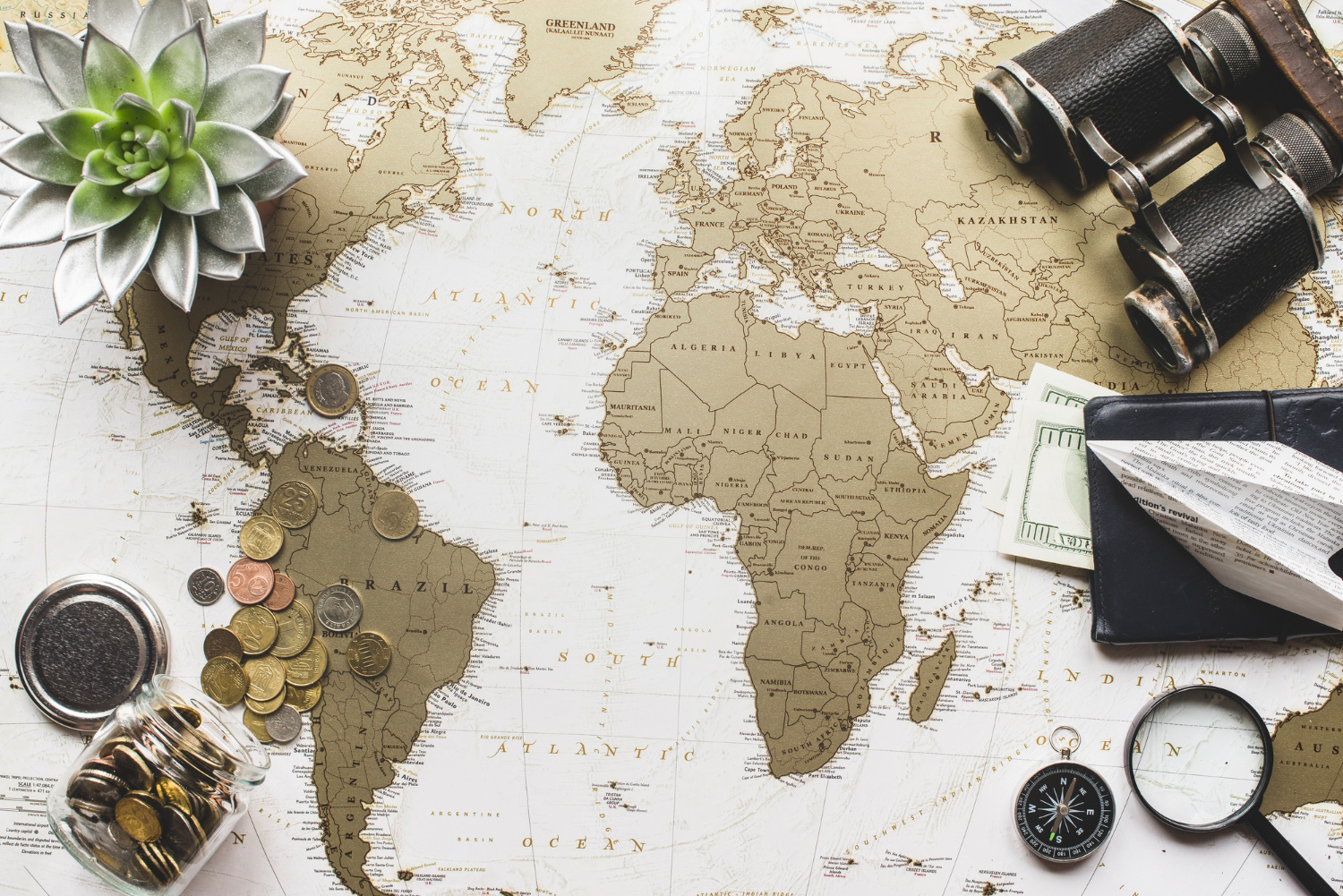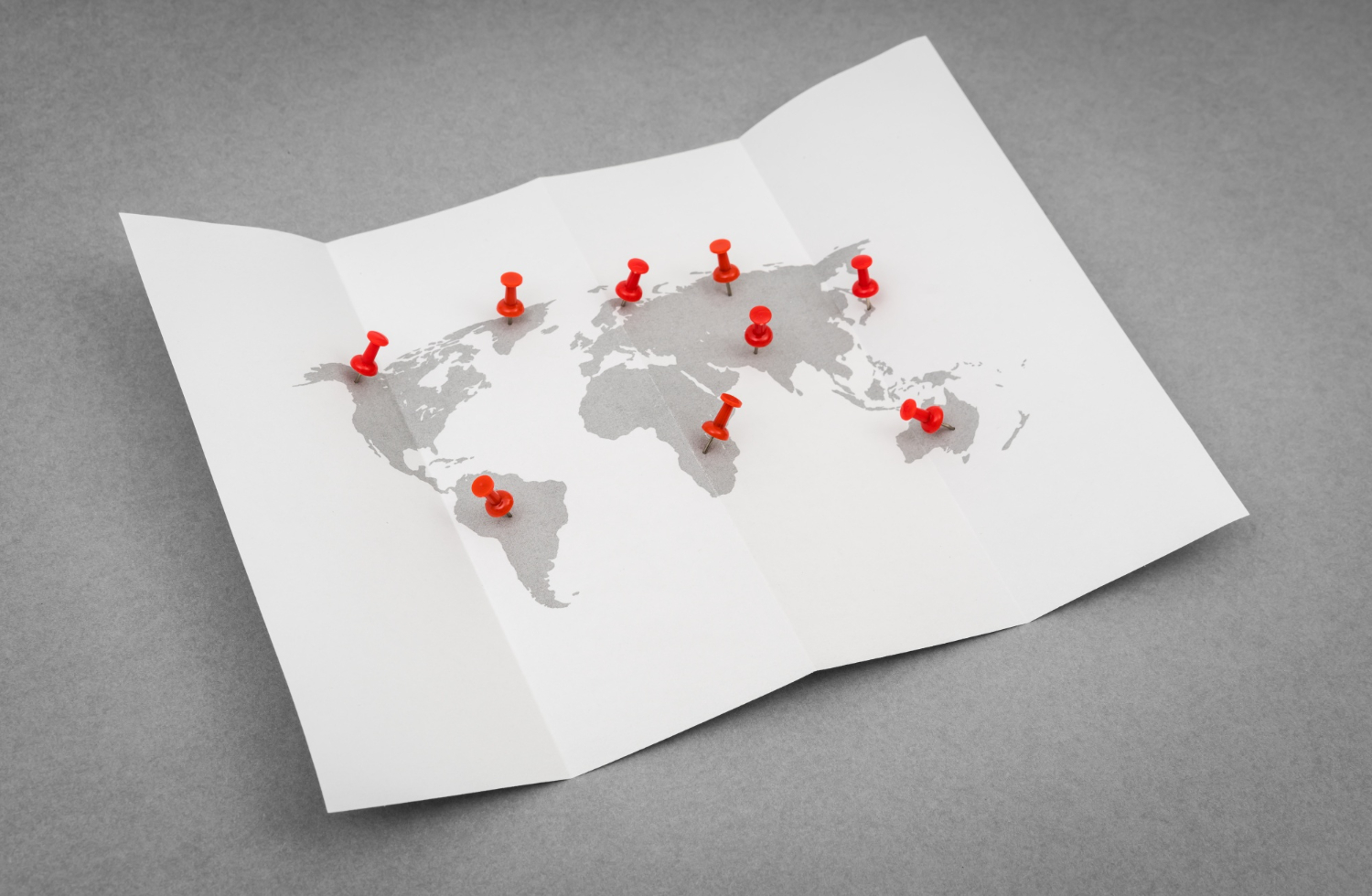
When talking about the world’s economy, it’s important to understand the different types of economies around the world. The terms “developed” and “developing” countries are commonly used to classify the economic status of countries. Developed countries are usually characterized by high-income economies, advanced infrastructure, and a high standard of living, while developing countries are characterized by low-income economies, limited infrastructure, and lower standards of living.
Here is a list of the top 25 developed and developing countries in the world.
Developed Countries:
- United States
- Japan
- Germany
- United Kingdom
- France
- Canada
- Italy
- South Korea
- Australia
- Spain
- Netherlands
- Switzerland
- Sweden
- Belgium
- Austria
- Norway
- Denmark
- Finland
- Ireland
- New Zealand
- Luxembourg
- Iceland
- Singapore
- Israel
- Hong Kong
Developing Countries:
- China
- India
- Brazil
- Russia
- South Africa
- Mexico
- Indonesia
- Turkey
- Saudi Arabia
- Iran
- Nigeria
- Egypt
- Pakistan
- Vietnam
- Philippines
- Bangladesh
- Thailand
- Argentina
- Algeria
- Malaysia
- Iraq
- Uzbekistan
- Peru
- Venezuela
- Ukraine
While this list is not exhaustive and there are varying opinions on the classification of countries as developed or developing, it provides a general idea of the countries that are generally considered as developed and developing.
It’s important to note that these classifications are not static and can change over time. For example, some countries that were previously considered developing countries, such as South Korea and Singapore, have now transitioned to developed countries due to their strong economic growth and development.
Developed countries tend to have more stable and mature economies that are characterized by a high level of economic output, advanced technological infrastructure, and high standards of living for their citizens. These countries are typically highly industrialized and have a well-developed service sector. They often have high levels of education, healthcare, and social welfare systems.

On the other hand, developing countries are characterized by a lack of infrastructure, limited resources, and a lower level of economic output. Many of these countries are still reliant on agriculture and other primary industries, and their economies are highly vulnerable to external shocks such as changes in commodity prices or natural disasters. The standards of living in developing countries are generally lower than in developed countries, and many citizens lack access to basic services such as healthcare and education.
One of the key factors that distinguishes developed and developing countries is their level of economic growth. Developing countries tend to have higher growth rates than developed countries, but this growth is often more volatile and subject to fluctuations. Developed countries, on the other hand, tend to have more stable and predictable growth rates, although these growth rates are typically lower than those of developing countries.
In recent years, there has been a trend towards the globalization of the world economy, which has led to increased economic integration and a blurring of the lines between developed and developing countries. Some developing countries, such as China and India, have experienced rapid economic growth and have emerged as major players in the global economy. At the same time, some developed countries, such as Japan and many European nations, have struggled with low economic growth and other challenges.
Overall, understanding the economic status of different countries is important for businesses, investors, and policymakers. By understanding the economic status of different countries, it’s possible to make informed decisions about investments, trade, and policy

